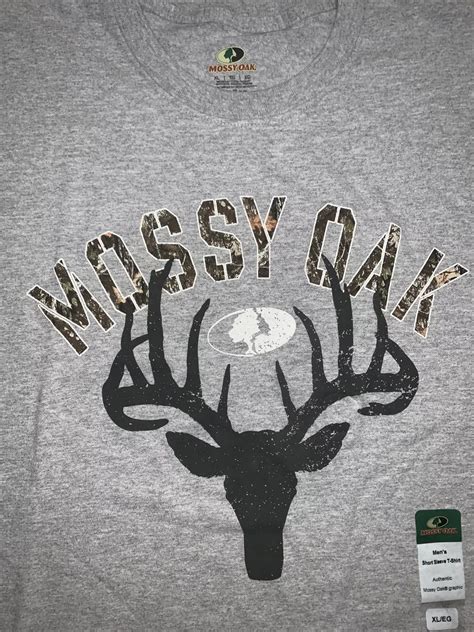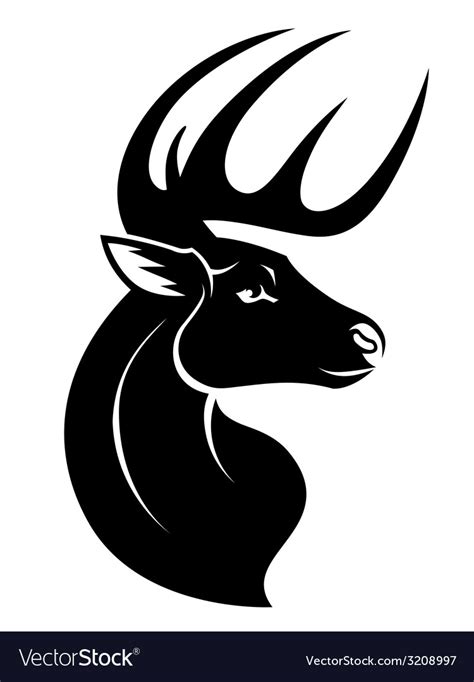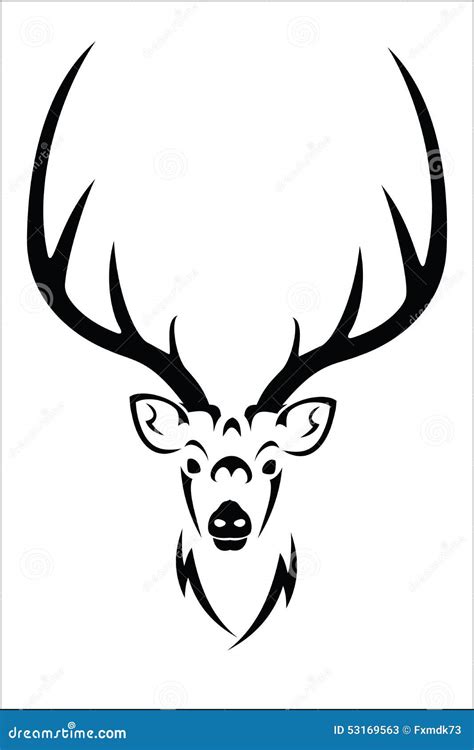The deer symbol has been a significant and enduring representation across various cultures and traditions, embodying a range of meanings and interpretations. With its graceful appearance and gentle nature, the deer has captivated human imagination, leading to its incorporation in numerous symbolic contexts. From ancient mythologies to modern-day emblems, the deer symbolizes attributes such as gentleness, innocence, and swiftness, while also representing regeneration, renewal, and spiritual growth.
Historical and Cultural Significance
Throughout history, the deer has played a pivotal role in the symbolism of many cultures. In ancient Celtic mythology, the deer was associated with the goddess Flidais, who was revered for her beauty, fertility, and nurturing qualities. Similarly, in Native American cultures, the deer is often seen as a symbol of gentleness, kindness, and innocence, embodying the qualities of a peaceful and harmonious coexistence with nature. The white deer, in particular, holds a special place in many legends and stories, symbolizing purity, goodness, and spiritual enlightenment.
Symbolic Meanings and Interpretations
The symbolic meanings associated with the deer are diverse and multifaceted. In many Eastern cultures, the deer is seen as a symbol of longevity, wisdom, and good fortune, often depicted in art and literature as a companion to wise and enlightened beings. The deer’s ability to regenerate its antlers has also led to its association with renewal and regeneration, symbolizing the cyclical nature of life and the potential for personal growth and transformation. Furthermore, the deer’s gentle and non-aggressive nature has made it a symbol of peace, harmony, and cooperation, reminding us of the importance of living in balance and harmony with our environment and with each other.
| Cultural Context | Symbolic Meaning |
|---|---|
| Celtic Mythology | Beauty, Fertility, Nurturing |
| Native American Cultures | Gentleness, Kindness, Innocence |
| Eastern Cultures | Longevity, Wisdom, Good Fortune |
| Universal Symbolism | Renewal, Regeneration, Peace, Harmony |

Key Points
- The deer symbol embodies a range of meanings, including gentleness, innocence, and swiftness, as well as regeneration, renewal, and spiritual growth.
- Culturally, the deer has been associated with various attributes, such as beauty, fertility, and wisdom, reflecting its significance in human imagination and experience.
- The deer's ability to regenerate its antlers has led to its association with renewal and regeneration, symbolizing the cyclical nature of life and personal growth.
- The deer's gentle and non-aggressive nature has made it a symbol of peace, harmony, and cooperation, emphasizing the importance of living in balance with our environment and with each other.
- By exploring the symbolic meanings of the deer, we can gain insights into our own nature and the world around us, fostering a deeper understanding of ourselves and our place within the natural world.
Practical Applications and Modern Significance

In modern times, the deer symbol continues to hold significant meaning and relevance. In environmentalism and conservation, the deer is often used as a symbol of the importance of preserving natural habitats and protecting wildlife. In spirituality and personal growth, the deer represents the potential for transformation and regeneration, encouraging individuals to embrace their gentle and compassionate nature while striving for spiritual evolution. The deer’s adaptability and resilience in the face of adversity have also made it a symbol of hope and perseverance, reminding us of the importance of staying grounded and focused in the face of challenges and uncertainties.
Embracing the Deer Symbol in Daily Life
By embracing the symbolic meanings associated with the deer, we can cultivate a deeper sense of connection with nature and with ourselves. This can involve practices such as meditation and mindfulness, which help us tap into our gentle and compassionate nature, or engaging in outdoor activities that promote a sense of harmony and balance with our environment. The deer symbol can also inspire us to adopt a more peaceful and cooperative approach to our relationships and interactions with others, fostering a sense of community and mutual respect. Ultimately, the deer symbol offers a powerful reminder of the importance of living in balance and harmony, both within ourselves and with the world around us.
What is the symbolic meaning of the deer in different cultures?
+The deer symbol has various meanings across cultures, including gentleness, innocence, and swiftness, as well as regeneration, renewal, and spiritual growth. In Celtic mythology, the deer is associated with beauty, fertility, and nurturing, while in Native American cultures, it represents kindness, innocence, and peace.
How can I apply the symbolic meanings of the deer in my daily life?
+By embracing the symbolic meanings associated with the deer, you can cultivate a deeper sense of connection with nature and with yourself. This can involve practices such as meditation and mindfulness, engaging in outdoor activities, or adopting a more peaceful and cooperative approach to your relationships and interactions with others.
What is the significance of the deer’s ability to regenerate its antlers?
+The deer’s ability to regenerate its antlers has led to its association with renewal and regeneration, symbolizing the cyclical nature of life and personal growth. This process reminds us of the importance of letting go of old patterns and embracing new opportunities for growth and transformation.


